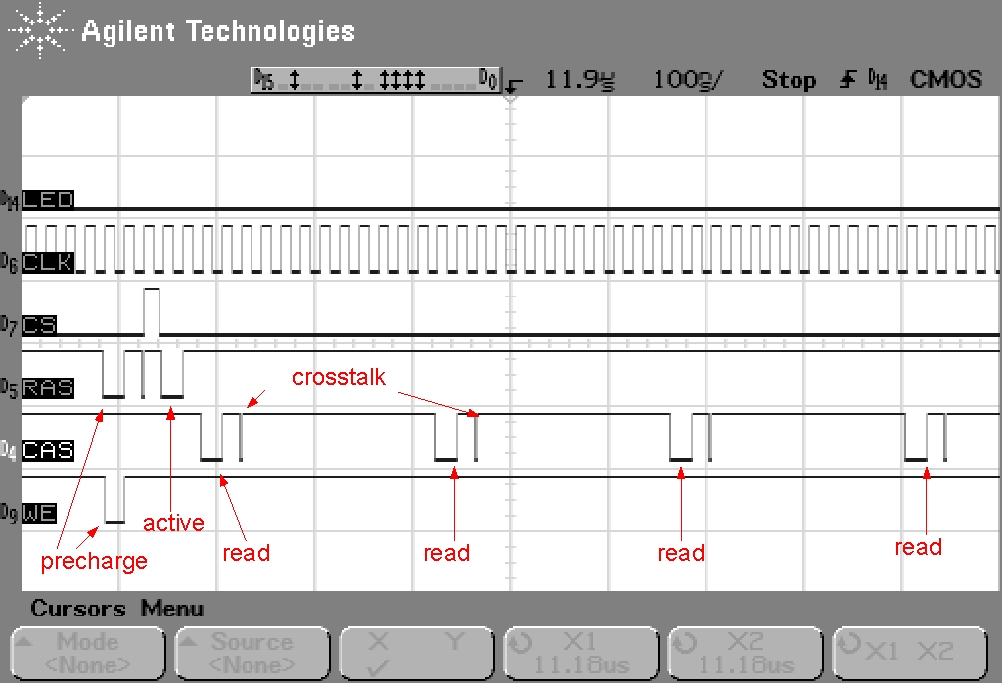 |
|||||||||||||||||||||||||||||||||||||||
|
|
|||||||||||||||||||||||||||||||||||||||
|
|
|
|
 |
|
|
 |
|
In the last few years, SDRAM (synchronous DRAM) has become the standard type of memory for PCs. The main reason for this is that SDRAM is tied to the front-side bus clock in your system. SDRAM and the bus execute instructions at the same time rather than one of them having to wait for the other. As bus speeds have increased to 100MHz and beyond, this has improved system performance SDRAM is built on the foundation of standard DRAM but uses its feature of synchronous operation to help eliminate wait-times . When the CPU is ready to access data from the DRAM, it automatically goes to a specified clock point since the processor already knows when operations are going to be completed and data is going to be available. After all is said and done, the processor's ability to retrieve and process data is vastly improved. Overall, upgrading your system with SDRAM will improve performance up to 20% over EDO in some applications Rating SDRAM is a little bit funky in that we no longer measure it in terms of Nanoseconds because the speed is dependant on the front bus speed. The front bus is the data path that connects your memory to the CPU. As an example, lets say we have a 500 Mhz CPU with a front bus speed of 100 MHz. The CPU will run at 500 but since the bus speed is 100, the memory cannot be read any faster. Some front buses will run at 125 or even 133 while some only operate at 80. I've tried vary hard to not pick on any manufacturers so we shall call this company X. I have paid a premium price for X memory that was 100Mhz SDRAM, in the past X has always offered quality parts and usually it was worth the extra cost. However, things change over time. X does not manufacture hard drives or memory. When you get the memory or drive out of the box, it will be stamped IBM, Viking or Crucial with a brand X sticker either over or beside the oem. I was a little worked up when I dropped the new brand X memory in the old memory tester and the memory would not test faster than 80 Mhz.. At first I thought it was a fluke, so I tested another 30 of the expensive "100MHz" 256 Meg SDRAMs and not one tested faster than 80 MHz. The next logical assumption was that the tester was bad. I brought from home 2 SDRAM's one bought at Best Buy and the other was purchased from a cheap mail order house. Sure enough both of them tested out to 133 Mhz. Pay no attention that I paid almost 3 times the price for the brand X memory! After talking with several brand X representatives they pointed out that the 100Mhz SDRAM standard allows for anything that runs at 80 Mhz or above to be "compliant". |
